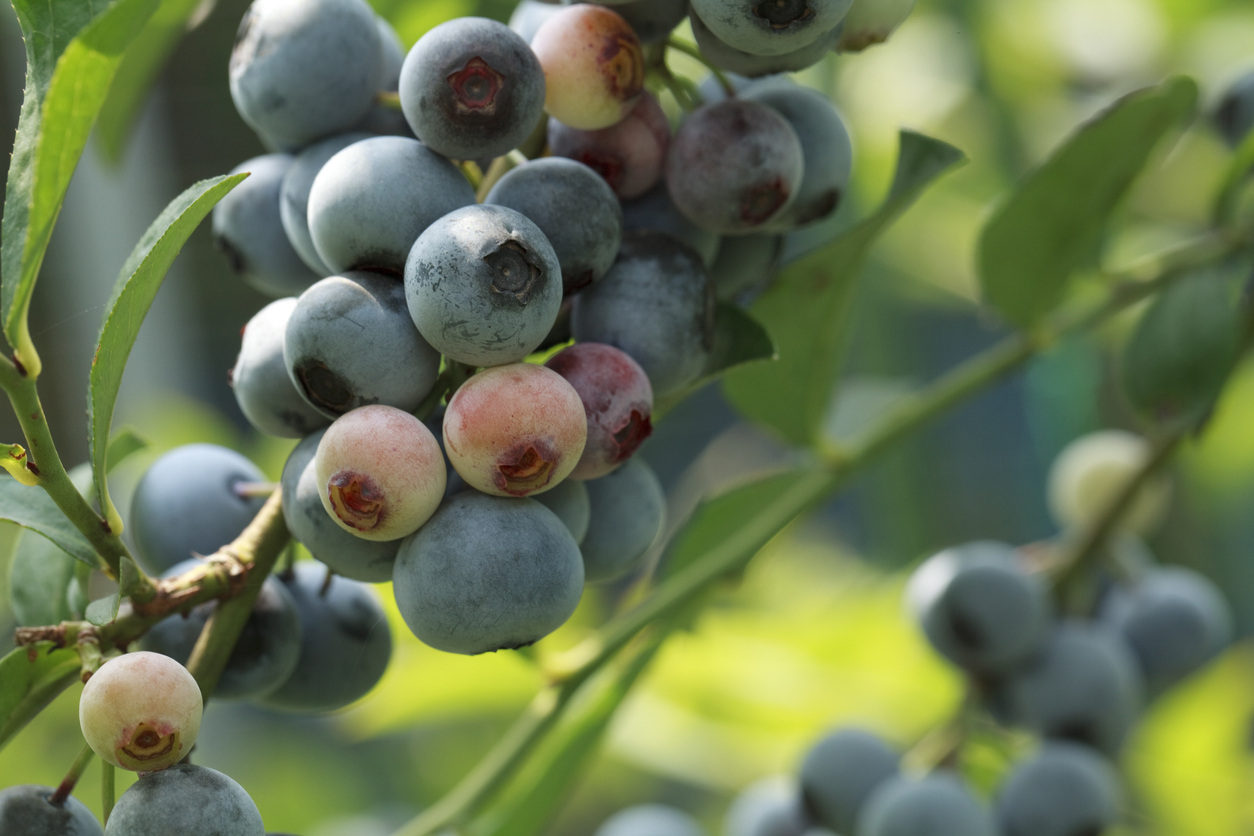 CAES News
CAES News
Blueberry Quality
A multidisciplinary team of University of Georgia agriculture experts are working to determine causes and solutions to postharvest quality problems that have hit Georgia’s blueberry growers hard in recent seasons. Funded by the College of Agricultural and Environmental Sciences Office of Research and UGA Cooperative Extension, the project will address “major issues” with fruit quality, particularly in rabbiteye blueberries.

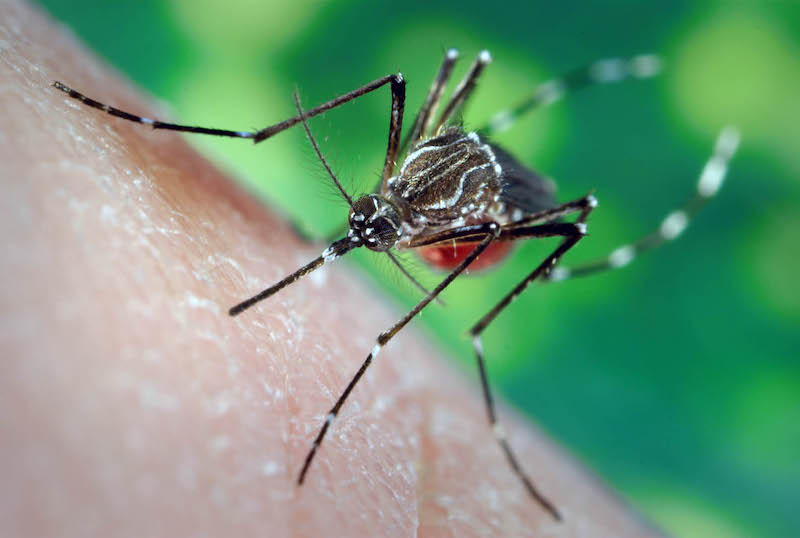
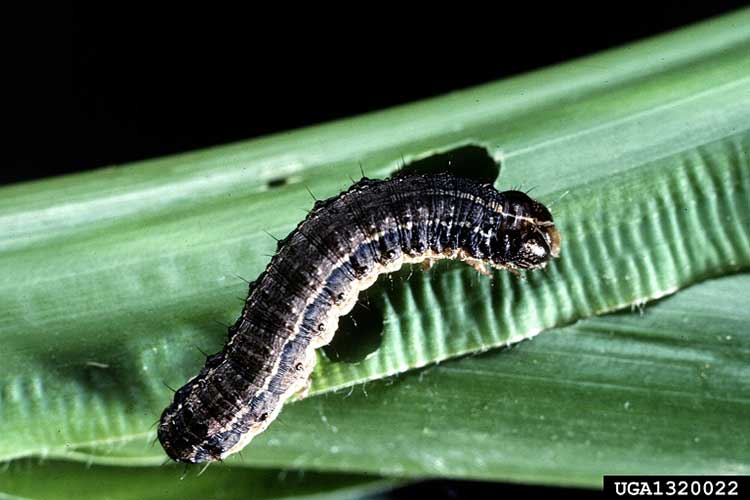

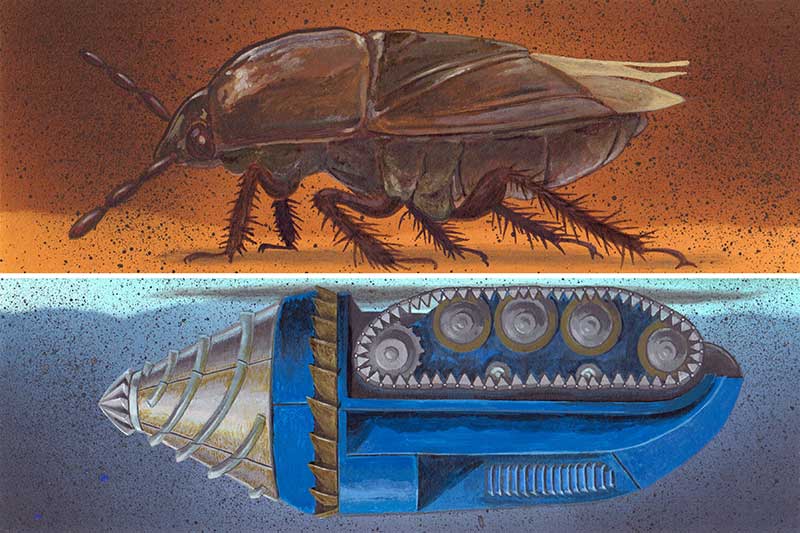
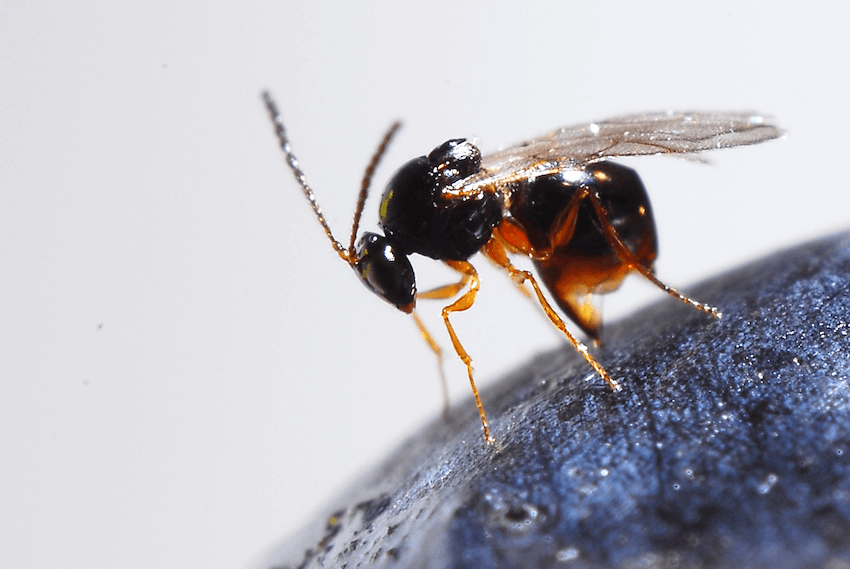
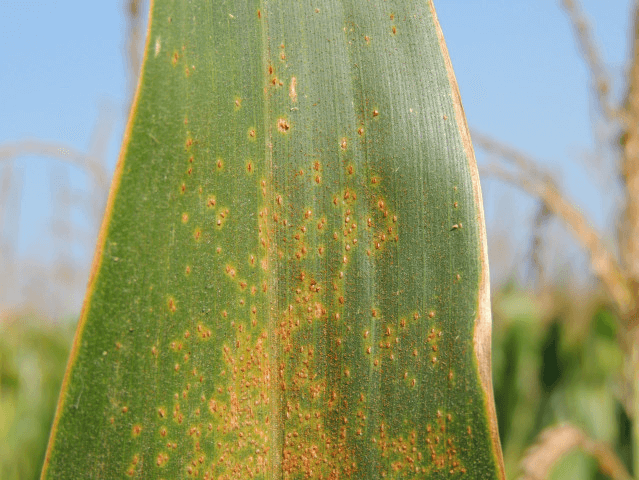
.jpg)
